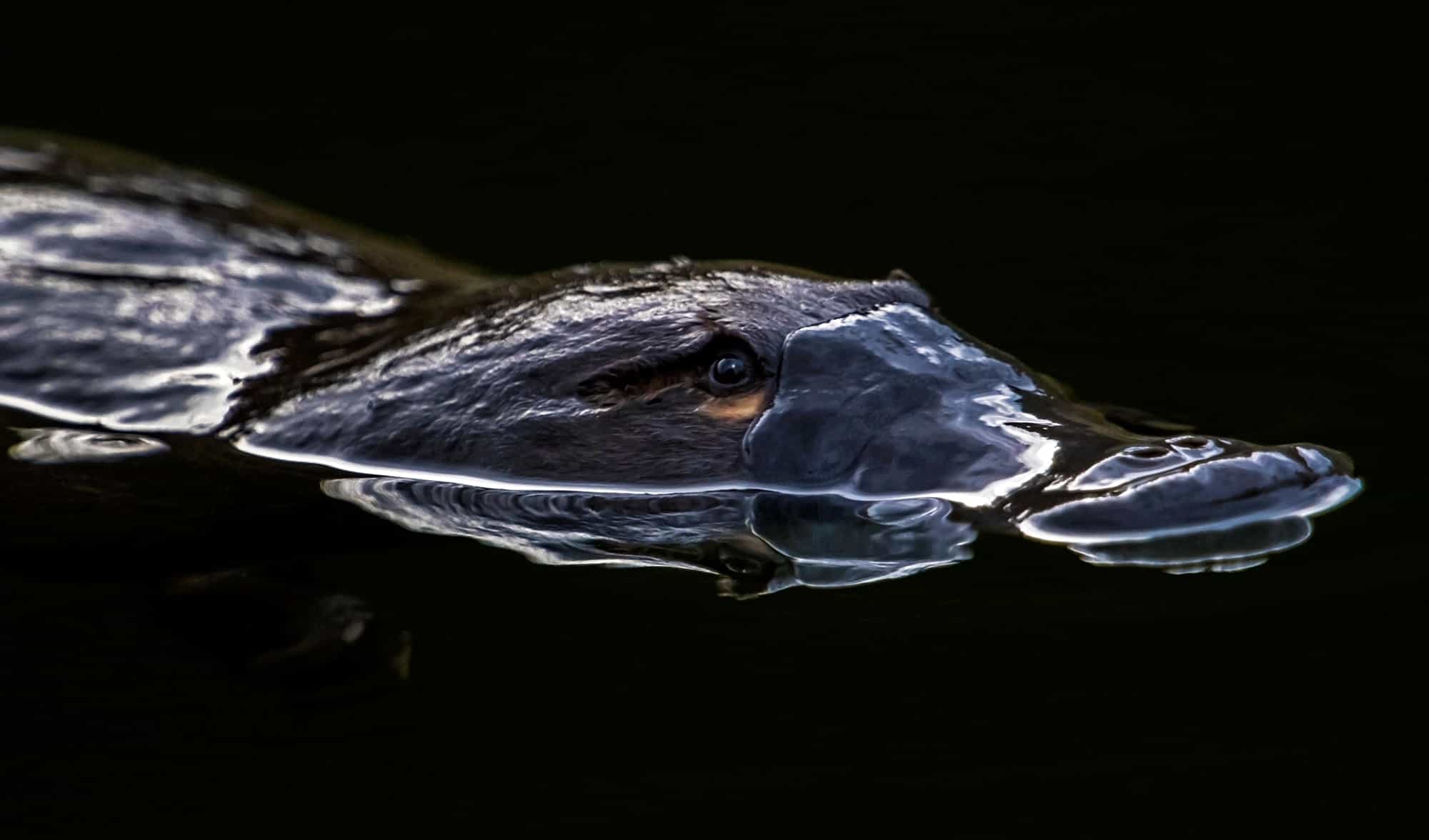
Crocodiles wait until an animal comes to the water for a drink, and then eat it. Many scientists believe that one of the reasons crocodiles haven’t had to evolve much is because of their predator strategy (how they get food). But their big sizes didn’t evolve until the Cretaceous period about 100 million years ago. They eventually evolved into something resembling our modern crocodiles around the Jurassic period: flat snouts, powerful jaws, and long bodies. They looked very much like today’s crocodiles except their nostrils were on the top of their heads, not on their snouts. Our crocodiles evolved from an animal in the prehistoric period called a Phytosaur. Mystriosuchus (a phytosaur) from Water Reptiles of the Past and Present, 1914 United States To become a new species, or to speciate, a species has to evolve so much that it no longer resembles the species it evolved from. Our current crocodiles became their own species 55 million years ago. Saltwater crocodiles are the largest of all living reptiles and the largest land-loving apex predator (that means that no one eats them). Perhaps the most fearsome living reptile today, modern crocodiles look like they could hold their own in an arm wrestle against a velociraptor. Photo by fvanrenterghem licensed CC BY-SA 2.0 And if you’re already perfect, why change? Here’s a list of four animals who got it right the first time and haven’t evolved in millions of years.


Evolution is the process of life adapting to its environment.


 0 kommentar(er)
0 kommentar(er)
